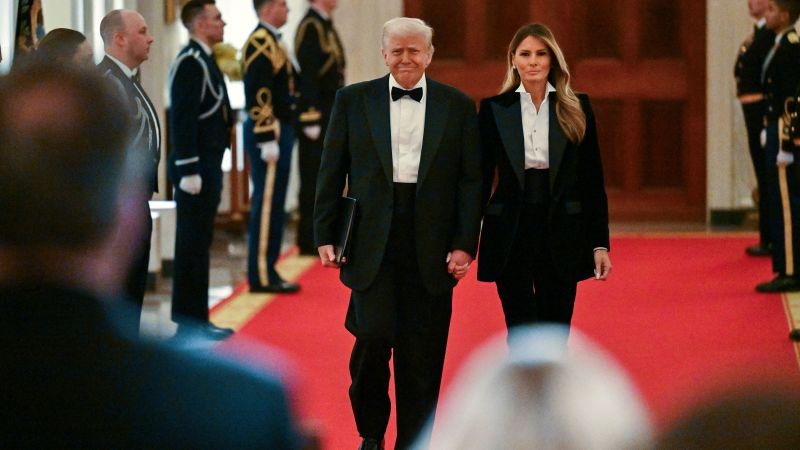Breaking: Melania Trump Makes Surprise Return to D.C. After Month-Long Hiatus

After a month-long hiatus from the political spotlight, First Lady Melania Trump made a graceful return to the White House on Saturday. Her appearance marked her participation in the annual governors' dinner and reception, signaling her renewed engagement with official duties.
The event, which brings together state leaders from across the nation, provided a platform for Melania to reconnect with political dignitaries after her extended absence. Her return was met with curiosity and interest, as many had speculated about her whereabouts during the past four weeks.
Dressed elegantly and poised as always, the First Lady seamlessly rejoined the high-profile gathering, demonstrating her commitment to supporting her husband's administration and maintaining diplomatic relationships with state governors.

